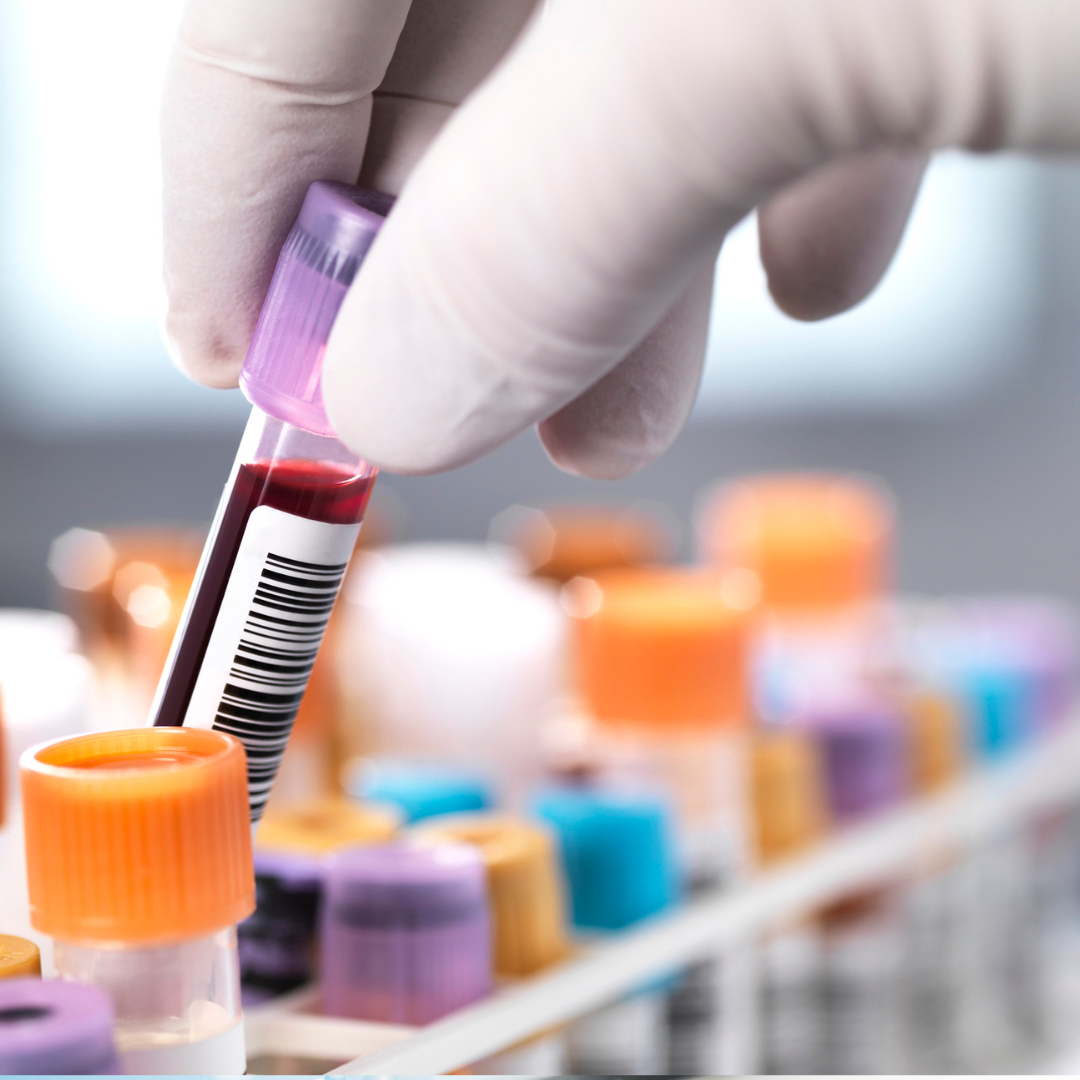
Physically Inactive Lifestyle in Some Children & Risk of Heart Issues
Share
New research published in The Journal of Clinical Endocrinology & Metabolism suggests that children who lead a physically inactive lifestyle may face elevated cholesterol levels in early adulthood, which may lead to heart health issues in their mid-forties.
The study, conducted at the University of Eastern Finland in Kuopio, found that increased sedentary time during childhood may contribute significantly to a person's elevated cholesterol levels before reaching their mid-twenties. This early-life sedentary behavior is linked to two-thirds of the total increase in cholesterol levels, indicating its potential role as a major risk factor for premature heart attacks or strokes in mid-forties.
Dr. Andrew O. Agbaje, the study author, highlighted that light-intensity physical activity during childhood may be 5-8 times more effective than moderate-to-vigorous physical activity in counteracting the adverse effects of sedentary time on high cholesterol.
The researchers analyzed data from activity trackers and cholesterol measures in 11-year-old children over a 13-year period as part of the Avon Longitudinal Study of Parents and Children. Sedentary time was found to increase from approximately 6 hours per day in childhood to 9 hours per day in young adulthood, contributing nearly 70% to the overall increase in cholesterol levels.
Light physical activity decreased from 6 hours per day in childhood to 3 hours per day in young adulthood but was associated with a cumulative reduction in total cholesterol. However, increased total body fat slightly diminished the effect of light physical activity on total cholesterol.
Moderate-to-vigorous physical activity remained relatively stable at around 50 minutes per day from childhood to young adulthood and was only associated with reduced total cholesterol. However, increased total body fat significantly reduced the impact of moderate-to-vigorous physical activity on total cholesterol.
The findings suggest that engaging in light physical activity for 3-4 hours per day during childhood may be an effective strategy to reduce high cholesterol and mitigate the risk of heart health issues later in life.
The full study can be found here.
The study, conducted at the University of Eastern Finland in Kuopio, found that increased sedentary time during childhood may contribute significantly to a person's elevated cholesterol levels before reaching their mid-twenties. This early-life sedentary behavior is linked to two-thirds of the total increase in cholesterol levels, indicating its potential role as a major risk factor for premature heart attacks or strokes in mid-forties.
Dr. Andrew O. Agbaje, the study author, highlighted that light-intensity physical activity during childhood may be 5-8 times more effective than moderate-to-vigorous physical activity in counteracting the adverse effects of sedentary time on high cholesterol.
The researchers analyzed data from activity trackers and cholesterol measures in 11-year-old children over a 13-year period as part of the Avon Longitudinal Study of Parents and Children. Sedentary time was found to increase from approximately 6 hours per day in childhood to 9 hours per day in young adulthood, contributing nearly 70% to the overall increase in cholesterol levels.
Light physical activity decreased from 6 hours per day in childhood to 3 hours per day in young adulthood but was associated with a cumulative reduction in total cholesterol. However, increased total body fat slightly diminished the effect of light physical activity on total cholesterol.
Moderate-to-vigorous physical activity remained relatively stable at around 50 minutes per day from childhood to young adulthood and was only associated with reduced total cholesterol. However, increased total body fat significantly reduced the impact of moderate-to-vigorous physical activity on total cholesterol.
The findings suggest that engaging in light physical activity for 3-4 hours per day during childhood may be an effective strategy to reduce high cholesterol and mitigate the risk of heart health issues later in life.
The full study can be found here.



